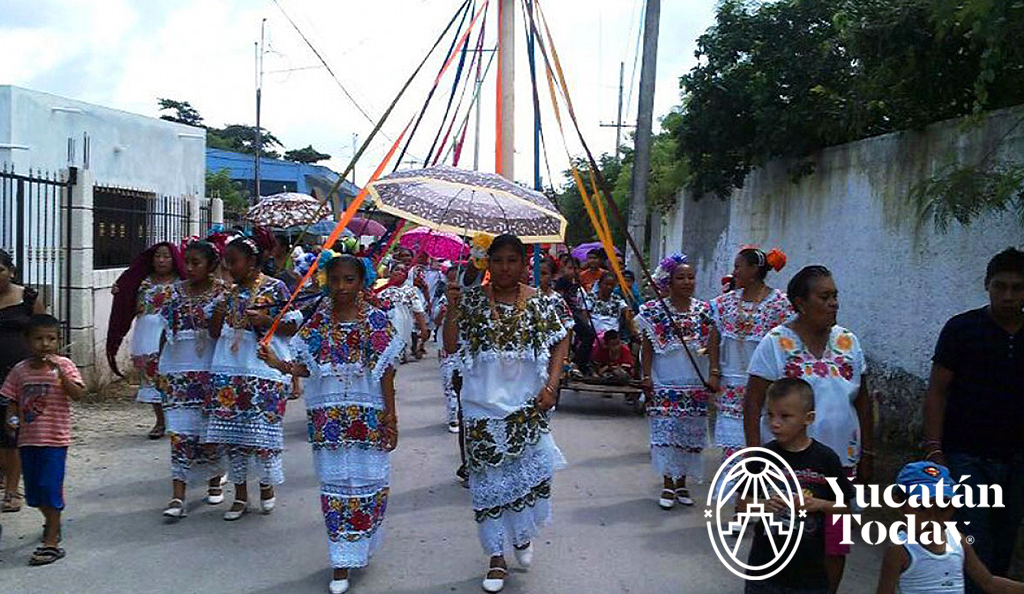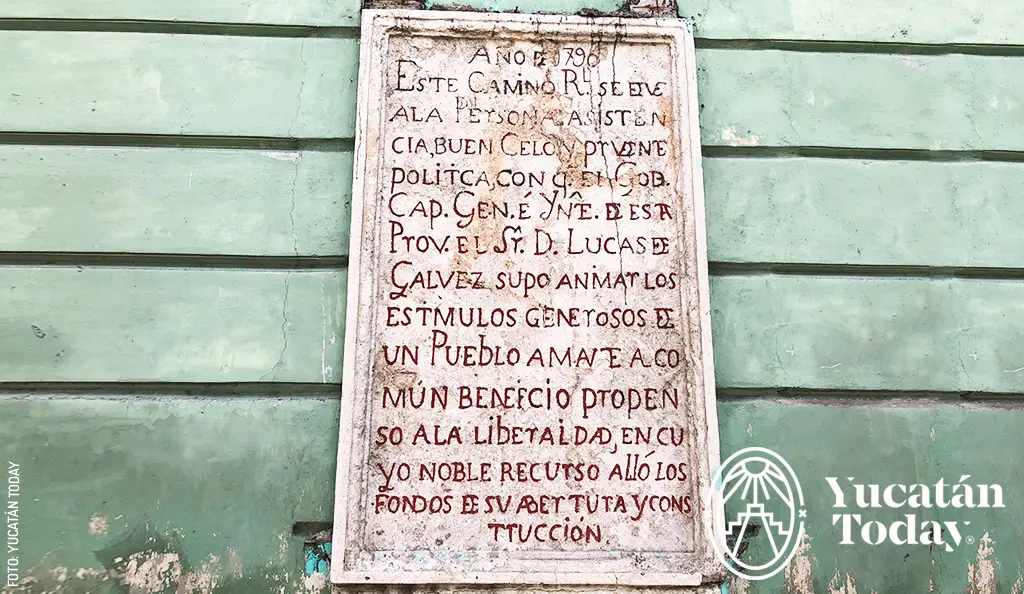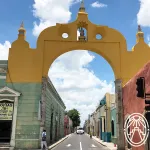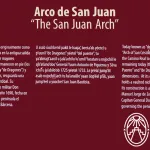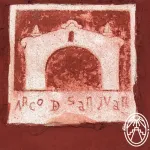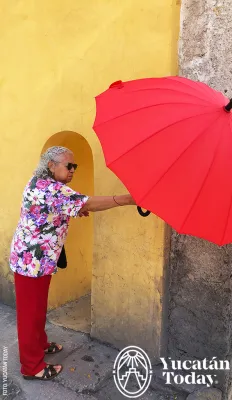
A city is known for its streets, its people… and its monuments. In Mérida’s Centro you can still find three colonial arches that tell us their own stories and are a cultural heritage: San Juan (64 at 69-A), the “del Puente” arch (63 at 50), and the “Dragones” arch (50 at 61).
If we go back to 1690 and imagine the fear of the pirate invasions, a fear that was shared with the neighboring state of Campeche, as well as the need to define the division between where the Spanish and “criollos” (offspring of the Spaniards that were born in America) lived and the indigenous people (“mulatos” and “mestizos”) lived, we can understand why the project of building a city wall with arches at the main entry/exit points was developed. Not all the planned arches were built, but eight were erected. Only three survived the test of time and the constant architectural, commercial and traffic changes around them. Two of them are close to each other, around Calle 50, while the one at San Juan is a little bit further away.
San Juan Arch
Located at the beginning of the “barrio” of the same name, it was built at the old exit road to Campeche, going toward Ermita de Santa Isabel as well. Today it is widely known because of its location at the epicenter of the public transport stops to the communities of Yucatán. One of the largest images of San Juan Bautista is preserved there. You can see it when you are walking from the park of the same name or driving through it by car.
“Del Puente” Arch
Located at the entrance of the “La Mejorada” neighborhood, it features a stone cross instead of a saint. It owes its name to the fact that it used to have a wooden bridge to make it easier to access during floods. It has arches at both ends of its bases under which pedestrians could walk. Today it is accessible on foot or by car.
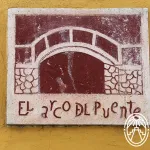
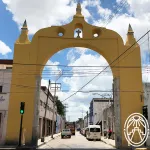
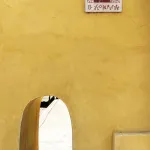
“Dragones” Arch
Named because of its closeness to the “Cuartel de Dragones”, an old Franciscan friars’ hospital that today functions as the location for the Yucatecan Child Cultural Center. In its niche there is a barely visible image of San Antonio.
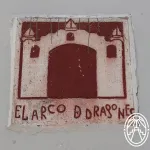
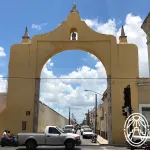
You can visit the arches during the daytime and appreciate a little of their story written on the plaques located under them. Their location in high-traffic areas make them part of the urban landscape; however, they are also important because they are the last of this type of preserved monument in the country.
With information from Ayuntamiento de Mérida

Author: Violeta H. Cantarell
“Meridana,” traveler, animal lover, passionate reader, commentator, and enthusiastic promoter of the natural and human beauty of Yucatán.
¡Receive the latest articles and much more from the best of Yucatán in your email!
Related articles
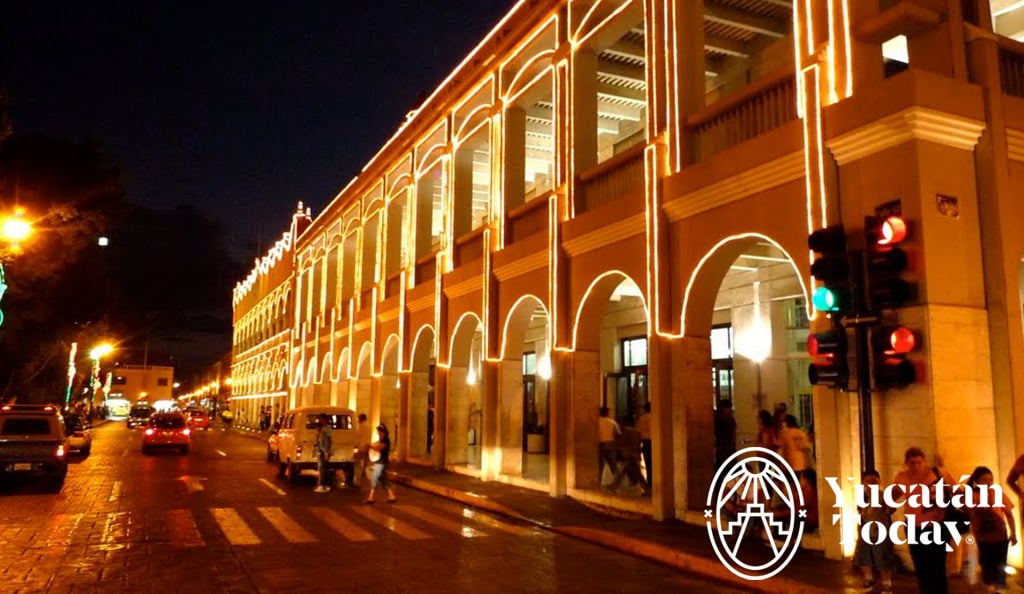
Centro Histórico de Mérida
Explore the rich colonial influence of Mérida's historic center with iconic landmarks like the Palacio de Gobierno and Catedral de San Ildefonso.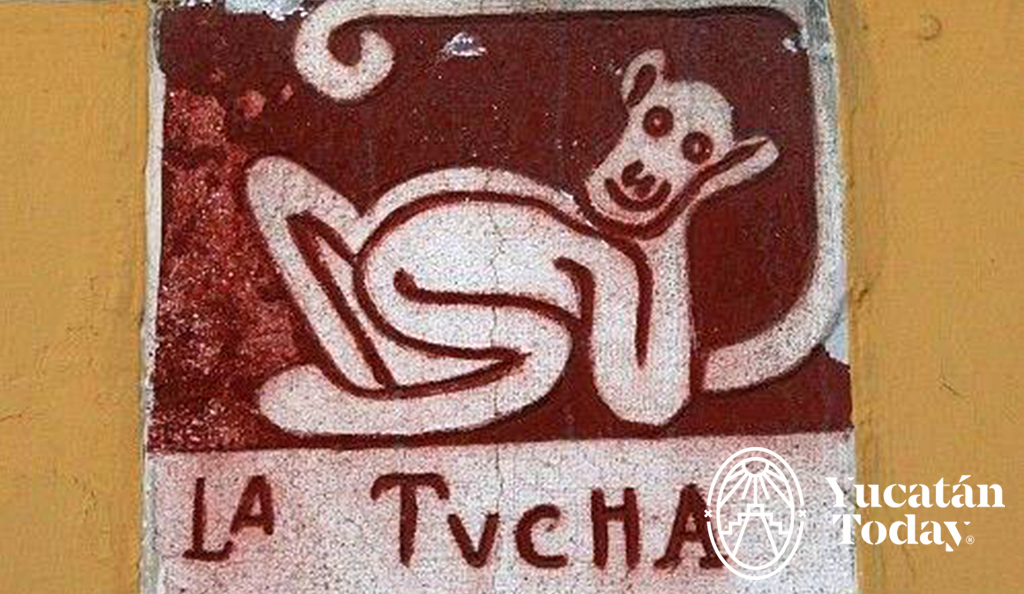
Mérida's Corners, Crossroads of History
Explore the fascinating history behind the unique street corners of Mérida in Yucatán, each intersection tells a story connecting the present to the...